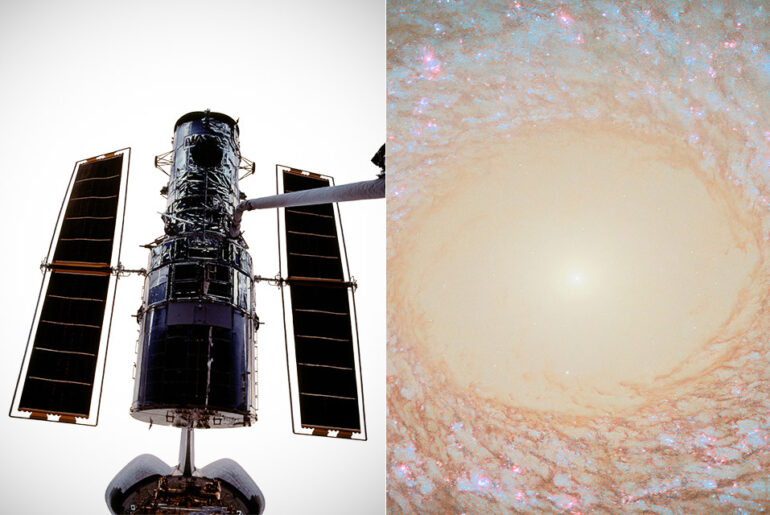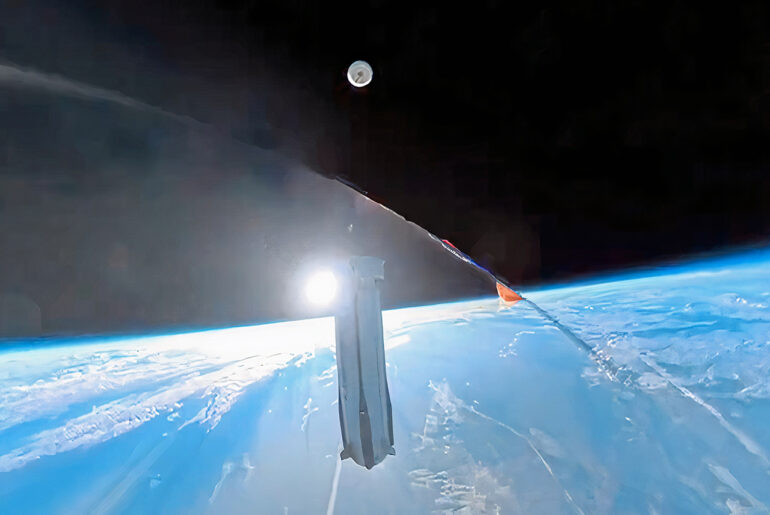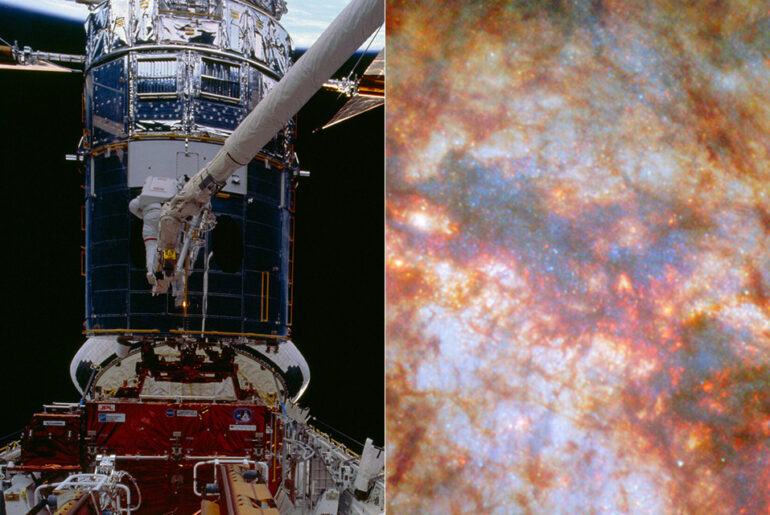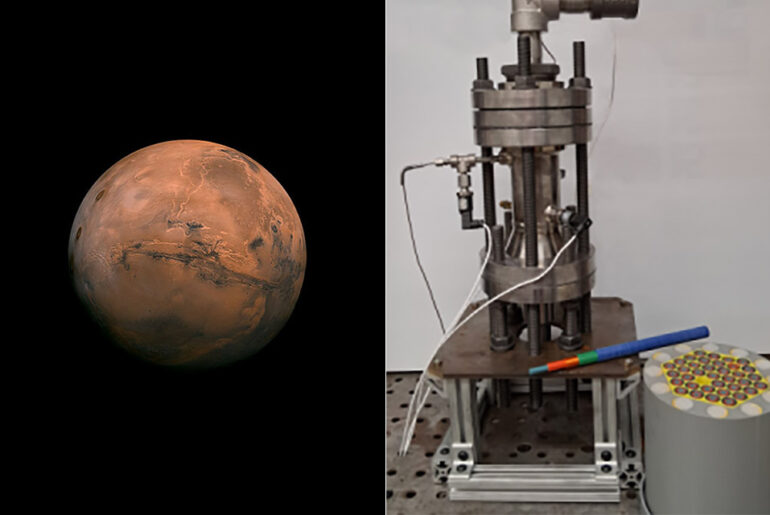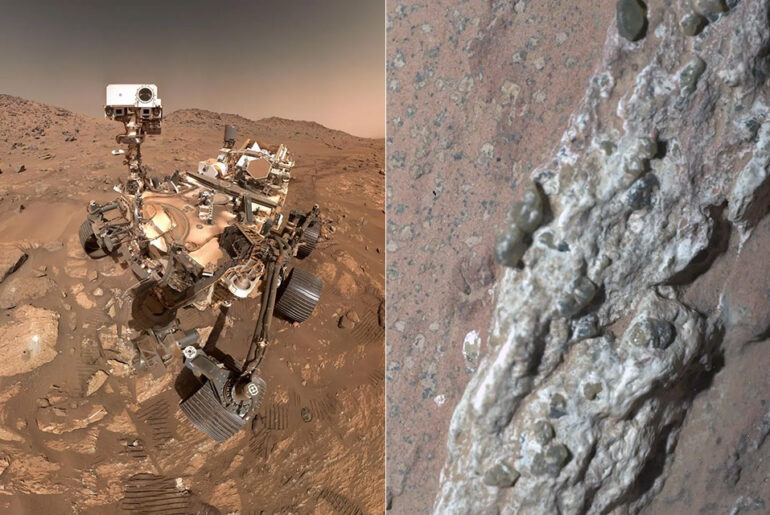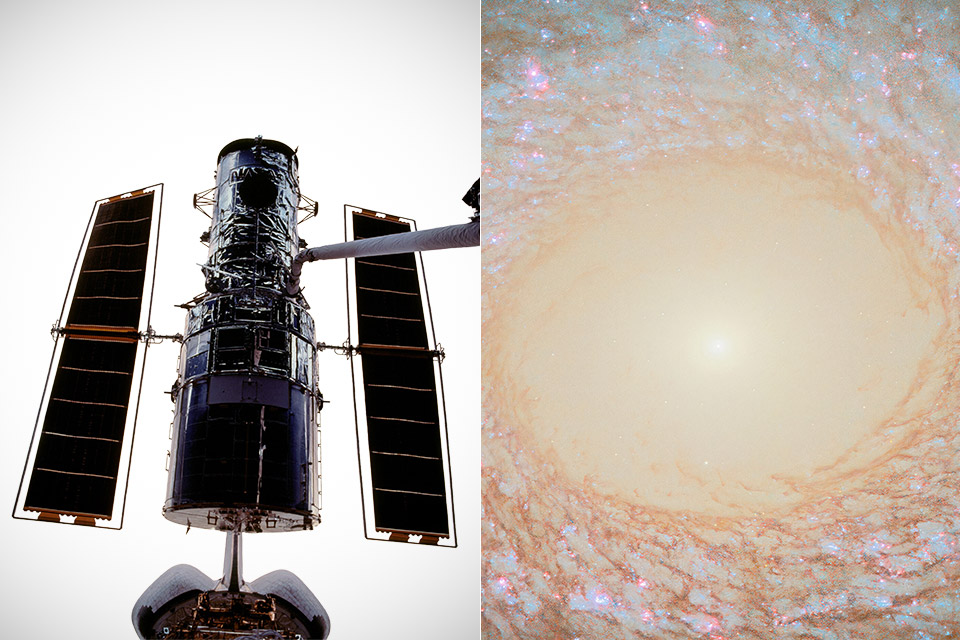
NGC 2775, located 67 million light-years away in the constellation Cancer, is a cosmic riddle that defies categorization. Astronomers have historically classed galaxies as spirals (with twisting arms of stars and gas) or ellipticals (smooth and featureless, like cosmic eggs). This galaxy, in a spectacular new image from the NASA/ESA Hubble Space Telescope, is neither.
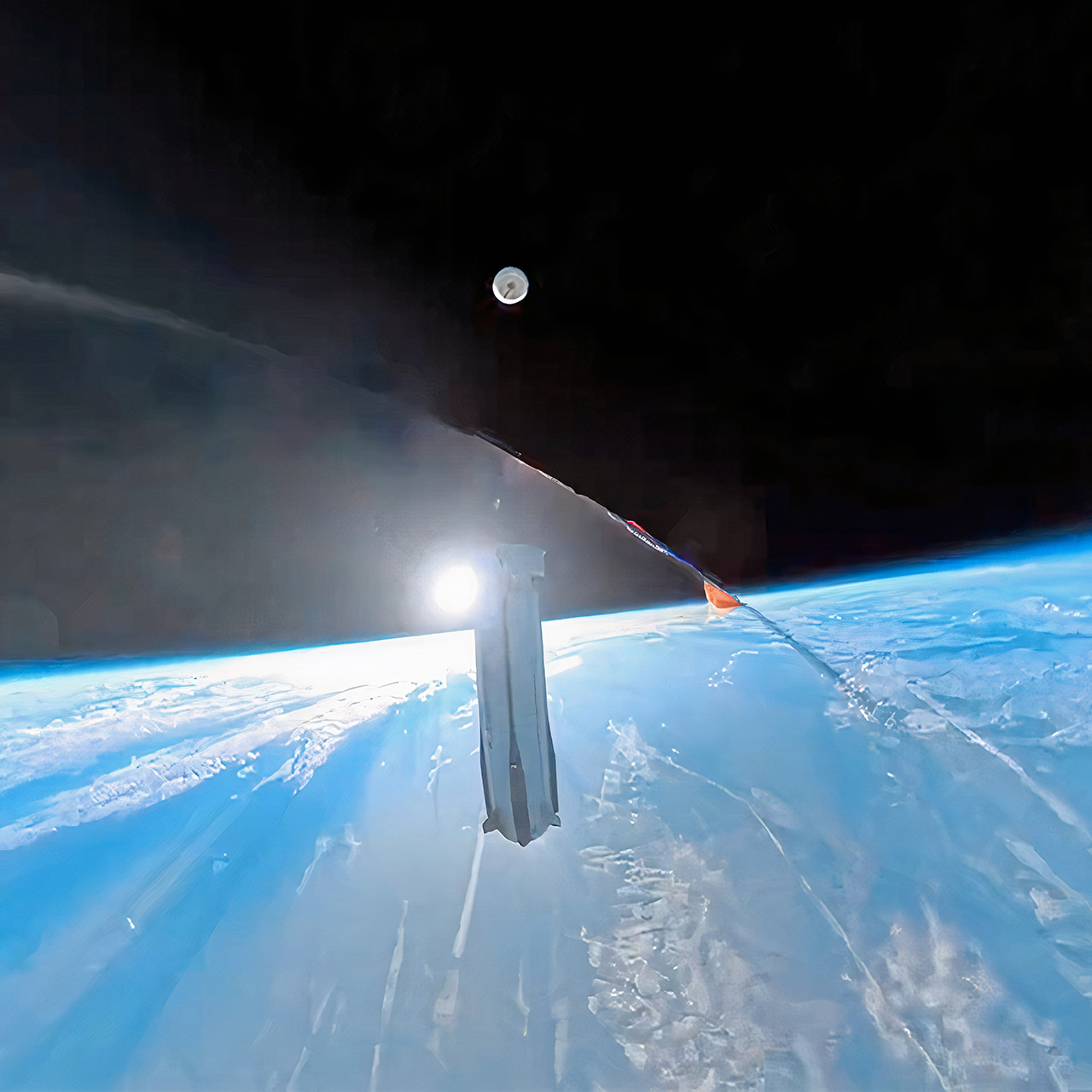
Jeff Bezos made headlines this week, not with a huge statement about lunar bases or orbiting hotels, but with a short video clip from Blue Origin’s latest New Shepard flight, captured by a camera that detached and drifted with the rocket. He puts it simply: two wide-angle lenses stitched together to form a complete circle of view.
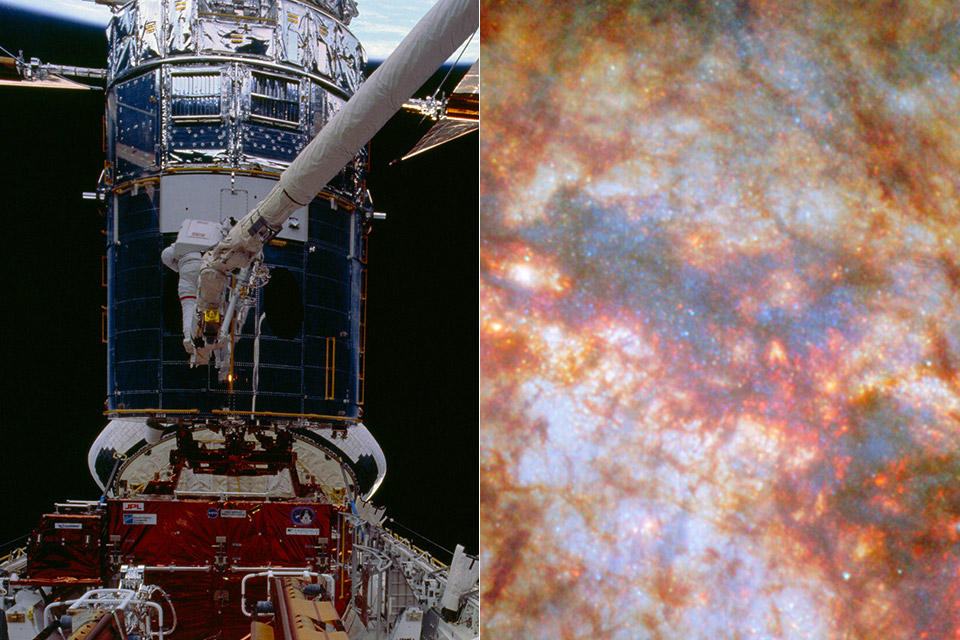
M82, also known as the Cigar Galaxy, is 12 million light-years away in the constellation Ursa Major. NASA’s Hubble Space Telescope snapped this image in stunning detail, resembling a cosmic smoldering cigar with a heart spewing out stars at warp speed.
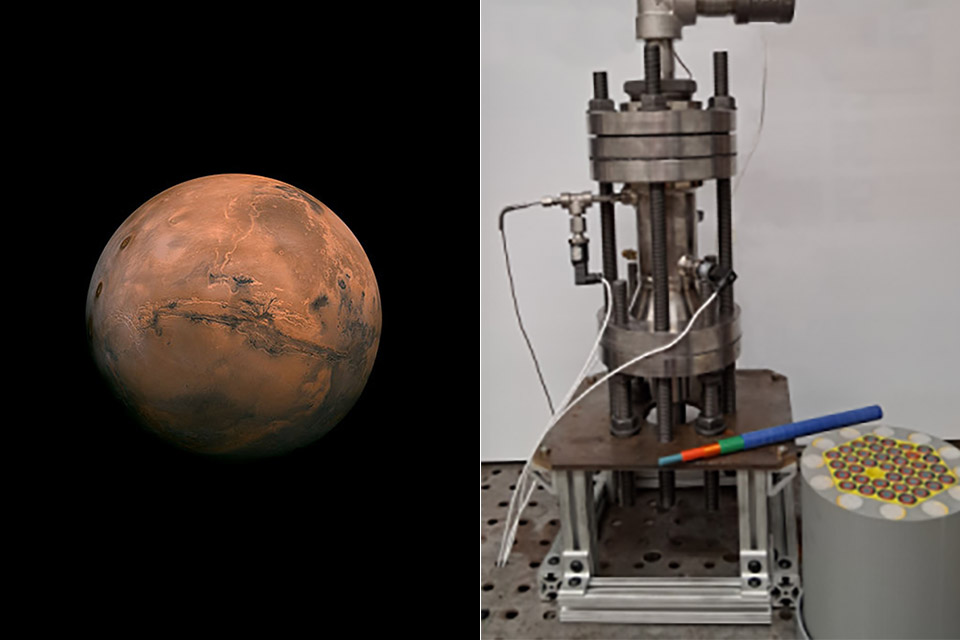
Space travel has always been a long haul since chemical rockets, the space age’s workhorses, guzzle fuel and plod through the universe, making a trip to Mars a year long slog. But a team at Ohio State University is breaking the rules with a new concept: a nuclear powered rocket that could cut the travel time in half. Their Centrifugal Nuclear Thermal Rocket, or CNTR, replaces solid fuel rods with liquid uranium, and that’s a big increase in efficiency that makes Mars feel like a weekend getaway.
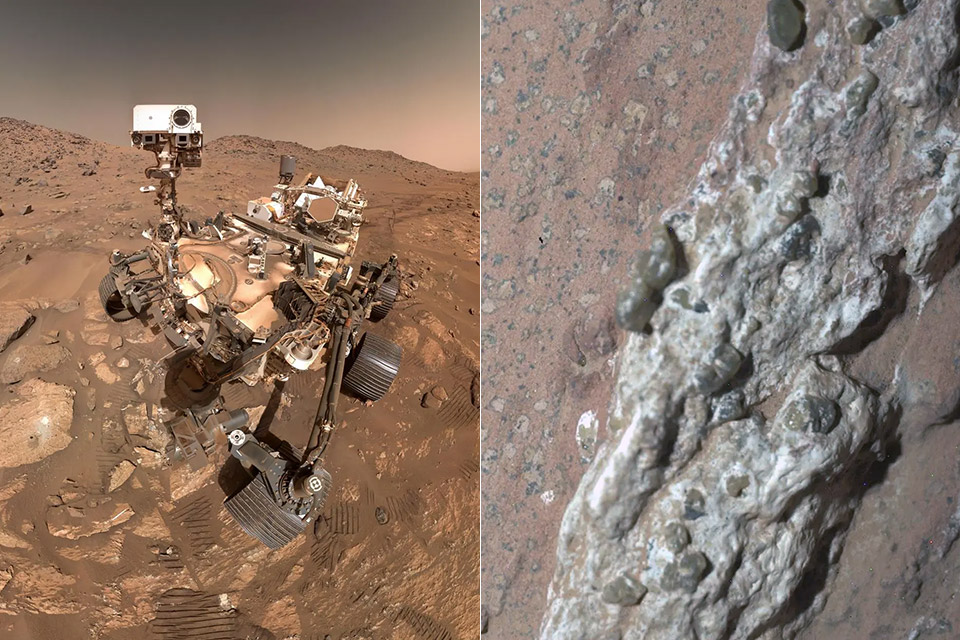
In July 2024, NASA’s Perseverance rover drilled into a reddish arrowhead shaped rock in Jezero Crater on Mars, which was once a big lake. Cheyava Falls, named after a Grand Canyon waterfall, has everyone in a tizzy. Its surface is covered in what the scientists call “leopard spots” and “poppy seeds” and might just have ancient microbial life hidden inside.
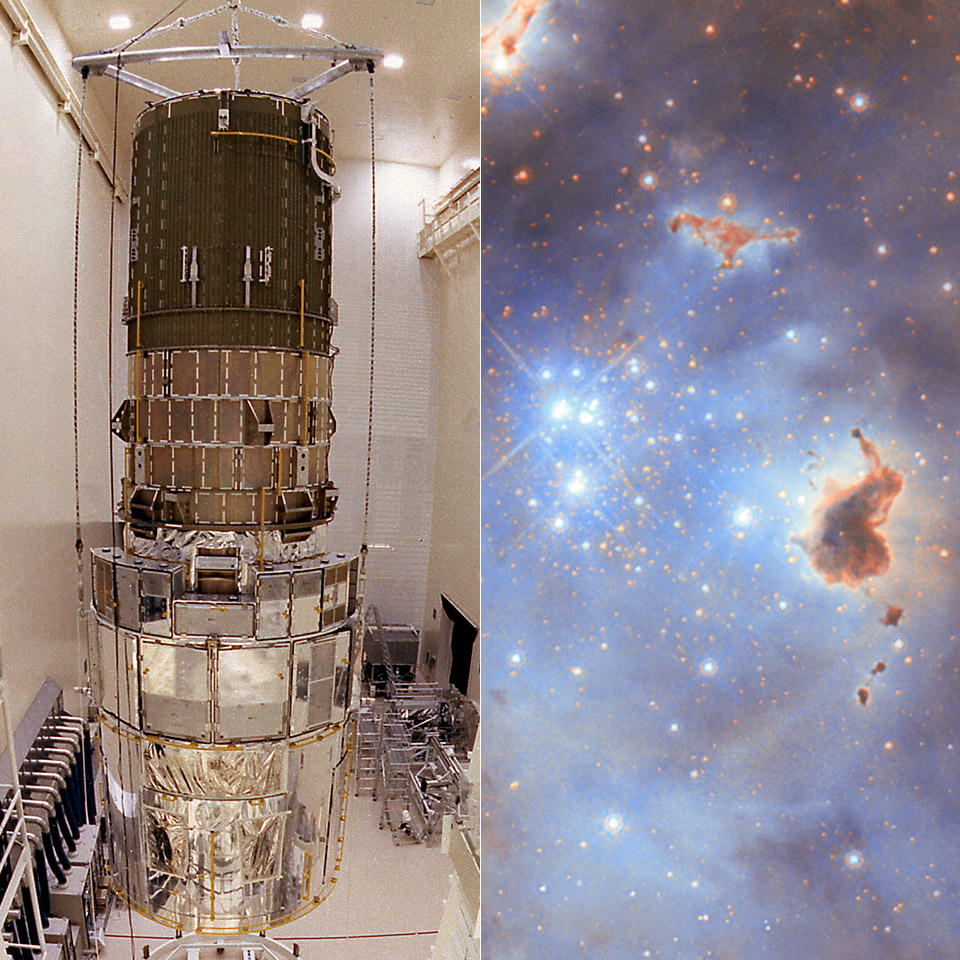
Hubble’s latest image shows a star cluster 160,000 light-years away in the Large Magellanic Cloud, a small galaxy that orbits our own Milky Way, shining quietly. LMC N44C, part of the N11 star-forming region, is more than just another picture of the universe; it’s a snapshot of the mechanics of star formation itself, and it’s so clear it feels tactile. Bright blue stars shine through smoky gas clouds, illuminating clumps of dust that look like cosmic sculptures.
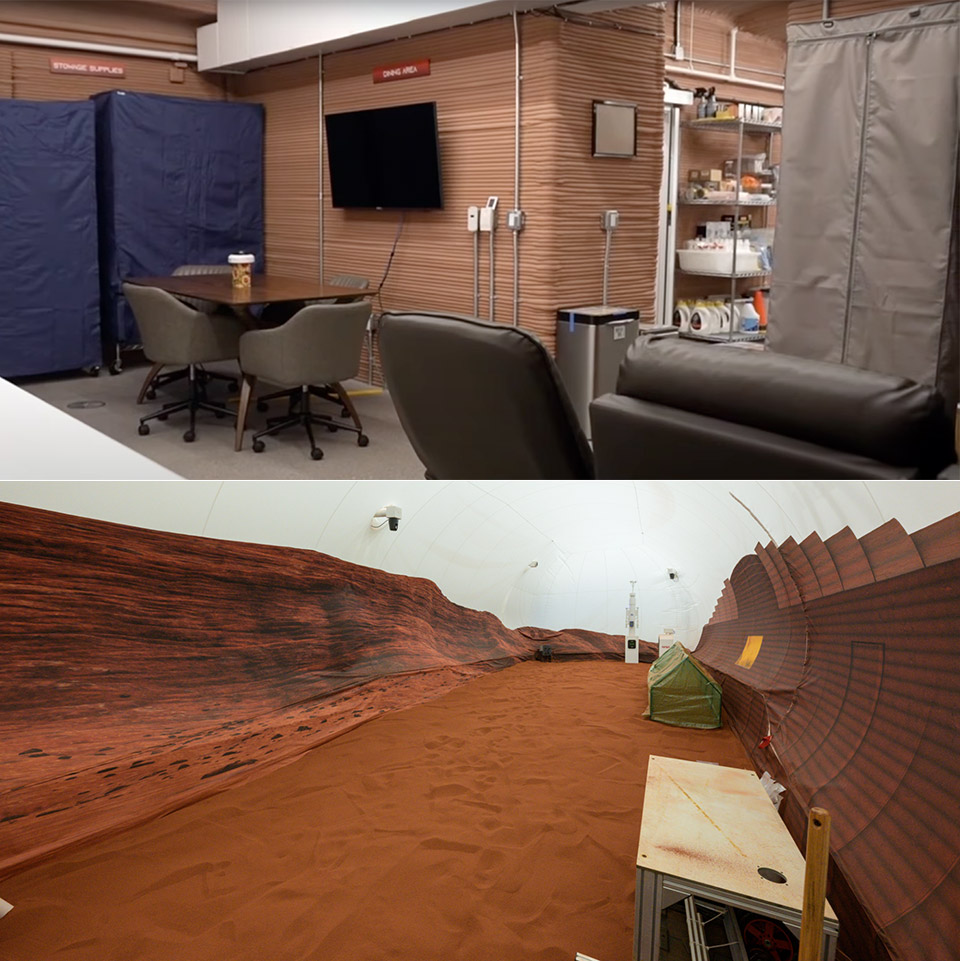
Four people will live in a 1,700-square-foot Mars simulation starting October 19, 2025. Ross Elder, Ellen Ellis, Matthew Montgomery, and James Spicer will spend 378 days in the Mars Dune Alpha habitat at NASA’s Johnson Space Center in Houston. This is part of NASA’s Crew Health and Performance Exploration Analog (CHAPEA) to study how humans cope with isolation, resource scarcity and high stakes of a Mars mission.
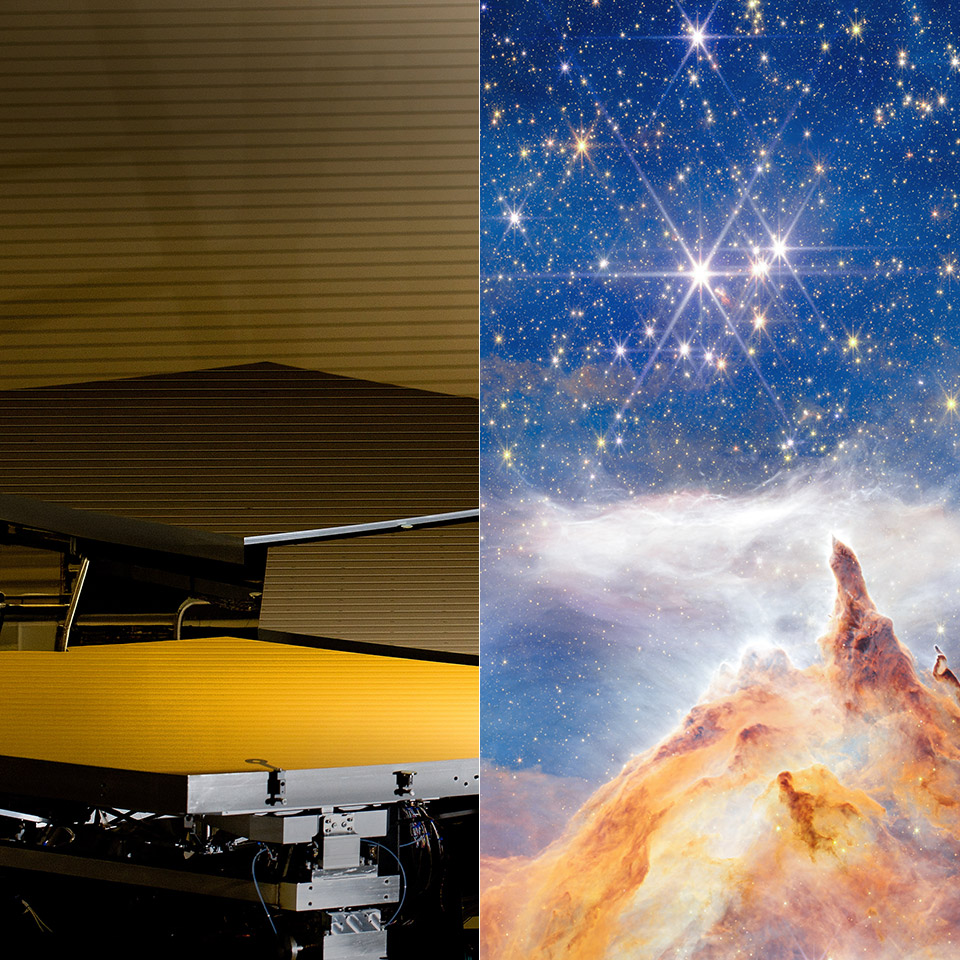
A star cluster shines in the vastness of space, captured in stunning detail by the James Webb Space Telescope. Pismis 24 is a stellar nursery in the Lobster Nebula in Scorpius, 5,500 light-years away. This NIRCam image shows a jagged landscape created by the raw power of newborn stars.
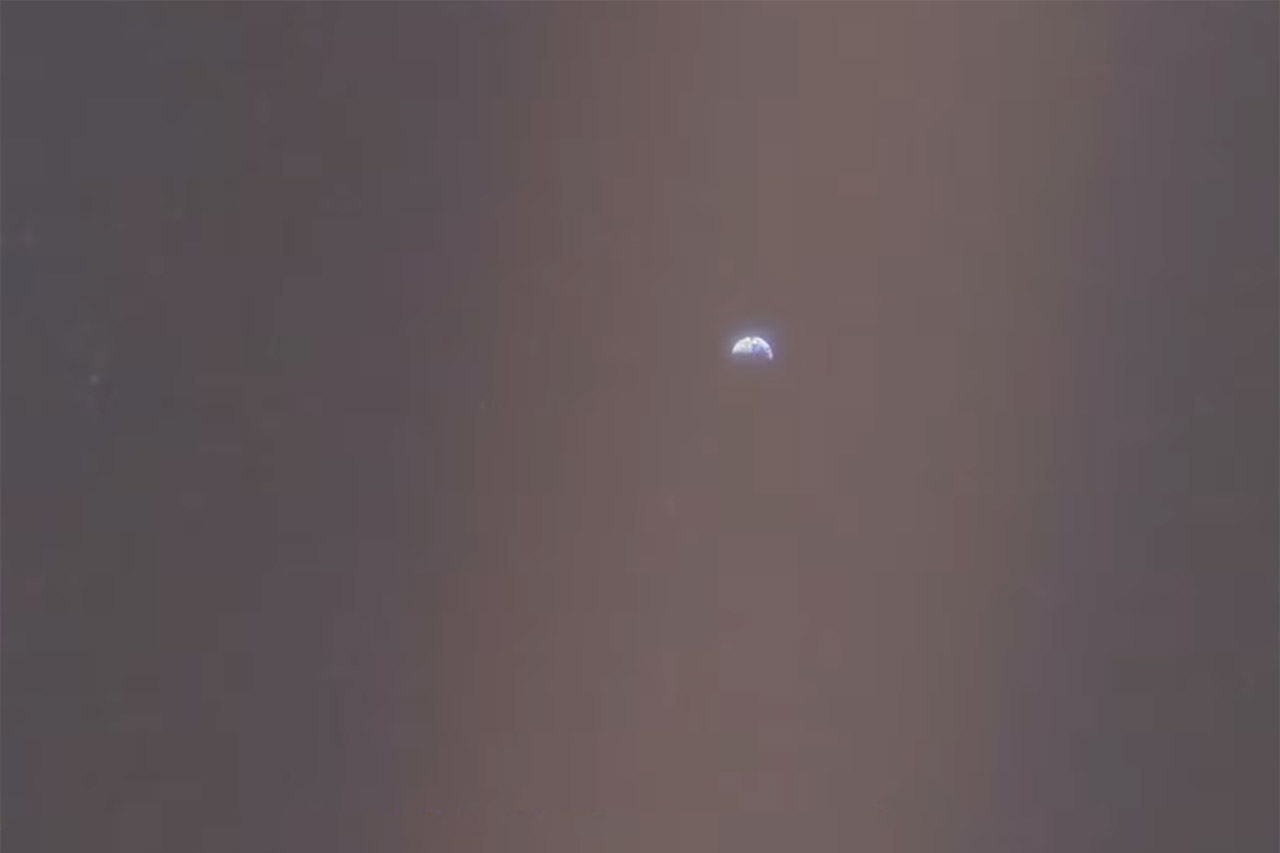
In 1990, Carl Sagan gave a speech that would leave a lasting impression on history, drawing inspiration from a single photograph to reflect on our place in the universe. Viewed from 6.4 billion kilometers distant, this image from NASA’s Voyager 1 spacecraft depicts Earth as a small, nearly invisible, pale blue dot in the immensity of space. The speech was then matched with Arvo Pärt’s Spiegel am Spiegel by YouTuber Become Human, and the combination is eerily emotional.
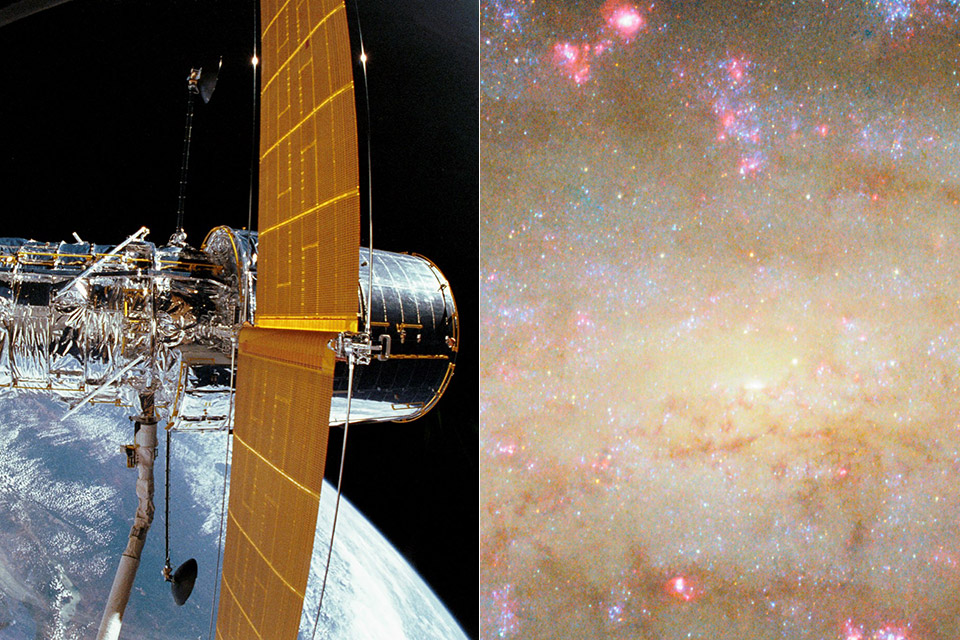
NGC 7456, a spiral galaxy 51 million light-years away in Grus, looks like just a blob of stars at first glance. This Hubble Space Telescope’s Wide Field Camera 3 image pulls you in with its warm glow, patchy spiral arms and pink bursts where stars are born.

